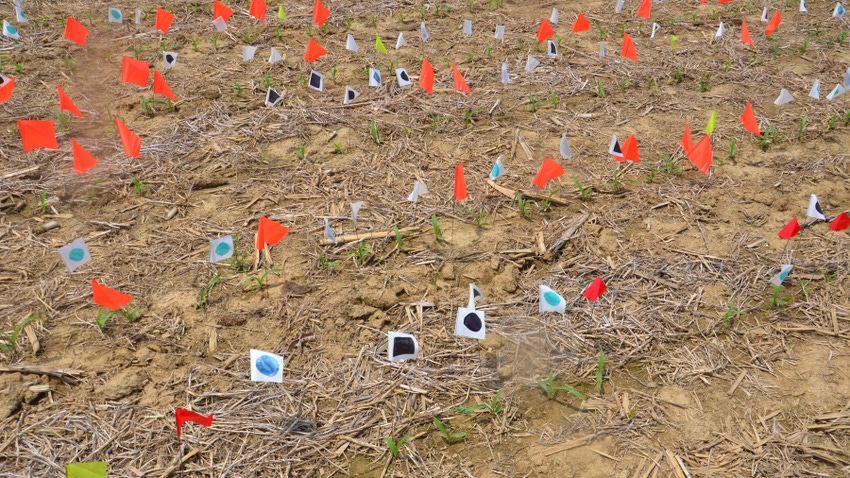March 7, 2023

To maximize corn yields, you must have good plant stands. What can you do to increase the chances of establishing good stands without sacrificing higher yields? A well-tuned planter, timely planting, suitable soil conditions, well-drained soils, quality seed and favorable weather conditions are all important.
Peak-performing planter. You did your off-season maintenance. Perhaps you replaced worn disc openers. Now it’s time to plant. Is your planter monitor working properly? Operators who obtain near-perfect stands achieve 99% to 99.5% singulation. Is each row placing seed at the same depth? Just because each row is set in the same notch doesn’t mean all rows are planting at the same depth. Dig and check.
Timely planting. Even though I favor planting early, it’s not always the best time to plant. What drives the emphasis on planting early? It’s the desire to capture more sunlight. When we can both plant early and get a good stand, more energy should translate into more corn. Generally, early planting produces shorter plants with less root and stalk lodging, better quality grain, and lower moisture at harvest. Yes, you maximize your yield potential if you plant before May 10-15 in most of the Corn Belt. But you lose rather than gain if you plant early at the expense of uniform stands.
Suitable soils. Some growing seasons favor later planting to get a good stand rather than planting earlier into marginal soil conditions. If you obtain a reduced stand because soils were too cold and wet or the temperature patterns went against you, yield suffers. Corn doesn’t compensate like soybeans. A stand below 28,000 plants per acre often means lower yields.
Well-drained soils. If fields are pattern-tiled, you can plant several days before you can successfully plant fields without tile. We learned from experience that if fields aren’t well tiled, soil conditions are likely to be inconsistent, with scattered wet spots when the rest of the field is suitable to plant.
Quality seed. We emphasized the importance of both warm and cold germination tests earlier this year. Check the seed tag for a warm germination score. It is required. Most companies also run cold tests, but that score is not required on the tag. In fact, most seed companies don’t release that information. Work with your seed dealer to get hybrids with good seedling vigor in fields most likely to be cool and wet after planting.
Favorable weather. Paying attention to soil temperature and short-range weather forecasts can reduce odds of hitting a poor time to plant. At the same time, you increase chances of planting during the first stretch of weather in the spring when conditions are favorable.
Make sure soil temperatures are headed in the right direction. Look at the next three days. Is the forecast favorable with warming air temperatures and sun? Or is there a large probability of cooler, cloudy days? If you have thousands of acres to plant, you may feel like you have no choice. I still recommend paying attention to soil temperatures, soil moisture and weather forecasts.
Nanda is director of genetics for Seed Genetics Direct, Jeffersonville, Ohio. Email [email protected] or call 317-910-9876. Please leave a message.
About the Author(s)
You May Also Like






